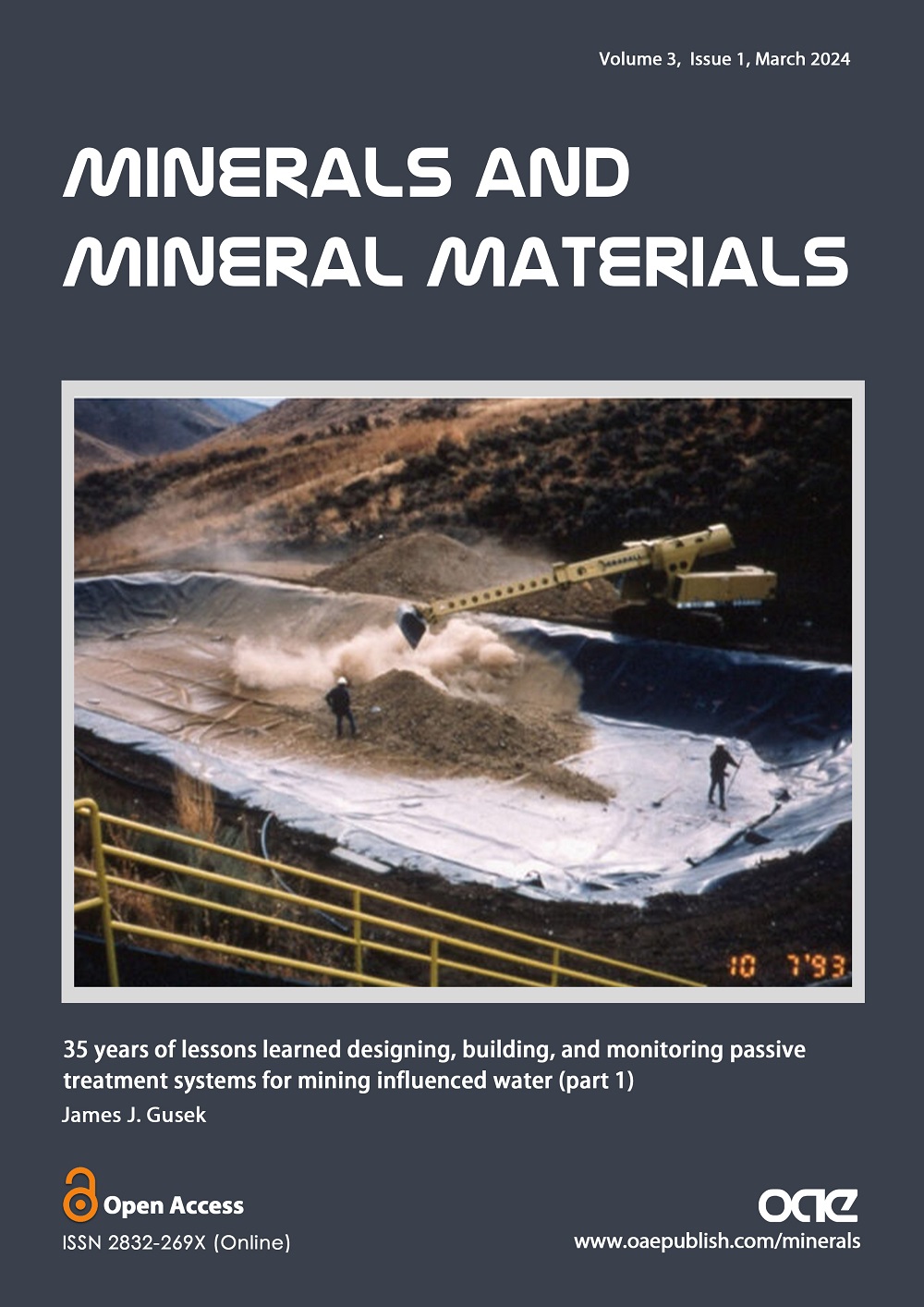Volume 3, Issue 1 (March, 2024) – 5 articles
Cover Picture: While natural processes have been remediating acidic water exhibiting elevated dissolved metals for eons, engineers and scientists have been trying to mimic nature in the treatment of mining influenced water for only about 50 years. The technical community has adopted the term “passive treatment” to describe the technology. The design of passive treatment systems is based on the application of multidisciplinary engineering sciences including biogeochemistry, hydraulics, physics, microbiology, and agronomics to name a few. Consequently, there are many opportunities to not quite “get it right” in passive treatment system design, construction, and operation. Fortunately, Mother Nature can be quite forgiving and sometimes a design or operational hiccup can reveal new insights. The case histories presented in this review reflect the learning experiences of a mining engineer whose technical education barely touched on the fundamentals of passive treatment system design. Early system designs were often based on the findings of other practitioners who were gracious enough to share their knowledge at pre-internet conferences and in easy-to-understand publications. Indeed, the current state of practice of passive treatment design rests on the shoulders of a few brilliant pioneers, most of whom are still with us. This review continues the sharing tradition. The common thread among the mini-case histories discussed is that most are from bench- and pilot-scale testing programs, which reinforces the benefits of small-scale testing as an economical way to accumulate valuable lessons learned experience with minimum risk.
view this paper 





